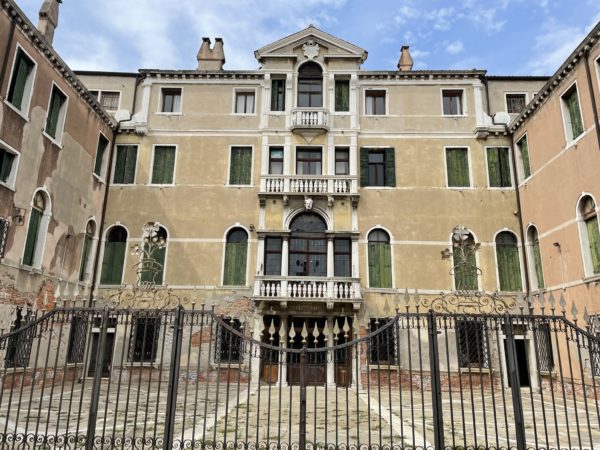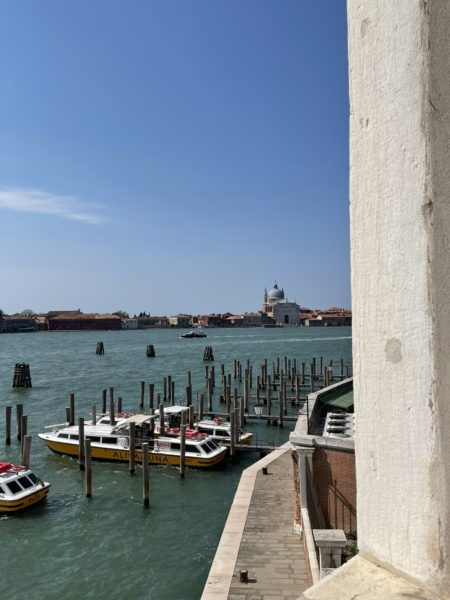VENICE — For more than 30 years, the Padus-Araxes Cultural Association has organized an intensive summer course of Armenian in Venice, Italy. This program is open to individuals who are over 18 and interested in learning or improving in Western Armenian. Every year, around 30 Armenians from the diaspora (and non-Armenians) gather in this European city with Armenian roots. It is a journey of encounter and discovery, where all the cultures of the Armenian diaspora collide.
Classes usually start around 9 a.m., near the church of Santa Maria de la Salute, in the ancient building called the Seminario Patriarcale of Venice. To learn Western Armenian, four levels are established, from beginning to fluency. On the program are grammar, vocabulary, conjugation, declinations, and, for the most advanced participants, some classes of Armenian journalism and literature.
Rosine Tachdjian comes from France. She’s a professional singer and works in an Armenian school in Paris. She has been teaching her course for 18 years now. “In three weeks, we tackle a one-year schedule of basic Western Armenian classes. It’s really intense and complete,” Rosine explained.

From Monday to Saturday mornings, the students also attend some classes in English to learn the history of the Armenians, with Raffi Setian from the United States, or on the old Classical Armenian language, or Grabar, taught by Benedetta Contin from Italy. These classes are offered in English so that everyone can understand both of these important topics.
Tamar Mangasar comes from Istanbul to take her place among the professors and teaches the second level of Armenian “I came here many times as a student, but this summer I came for the first time as a teacher and it was great,” Tamar exclaimed. In the afternoon, some activities such as Armenian dance and duduk classes are offered, as well as lectures, movie projections or touristic visits. At the end of the stay, the participants must take an examination to determine their level and the increase of their Armenian skills.
Discovering a Worldwide Diaspora











